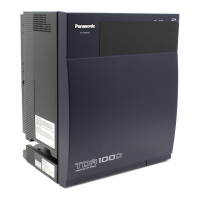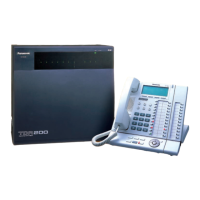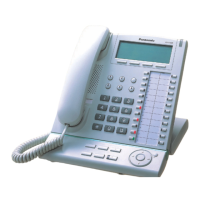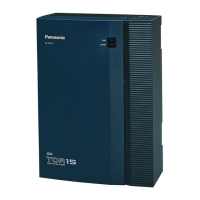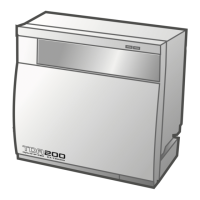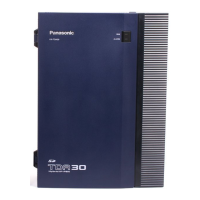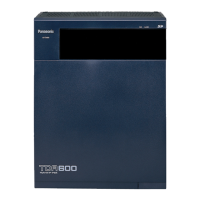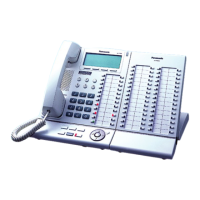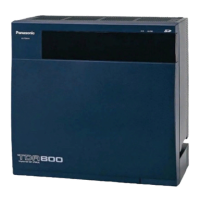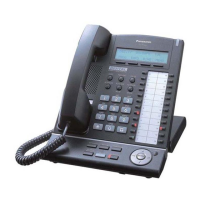1.27 Networking Features
Feature Guide 197
[Receiving a Call via a TIE Line]
Extension Number Method
(Access without PBX Code)
No
NoYes
Yes
To
PBX Code Method
(Access with PBX Code)
Modifies the number
by removing the PBX code.
The PBX checks the modified number to determine what kind of number it is.
A
Extension No.
of Another PBX
To
A
Reorder tone.
Other
Reorder tone.
Reorder tone.
Sends the call to the CO line.
Directs the call
to an operator.
Operator Call No.
Does the modified number
contain the PBX code
assigned to this PBX?
(found in the flowchart,
[Making a Call via a TIE
Line from an Extension])
(found in the
flowchart,
[Making a Call
via a TIE Line
from an
Extension])
Extension No.
of this PBX
No
No
Yes
Does the
corresponding
extension
exist?
Yes
Yes
Yes
Is the
extension idle?
Calls the extension.
Sends a reorder
tone, or sends the
call to an operator
(Intercept Routing
No Destination).
Call Waiting
Busy tone
Intercept Routing
Busy/DND
Idle Line
Access No.
or
CO Line Group
Access No.
No
No
PBX checks the Class of Service (COS)
of the incoming CO line group.
A call is received via a TIE line.
Does the PBX have
a PBX code (Own PBX Code)
assigned to it?
The Incoming Number Modification Table
checks the CO line port carrying the call,
and modifies the number according to the
method assigned for that port.
Is the outgoing CO line
group programmed to allow
calls from this COS?
Does
Toll Restriction (TRS) allow
this COS
to make this call?
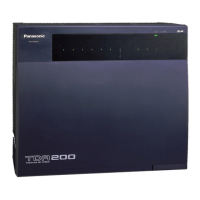
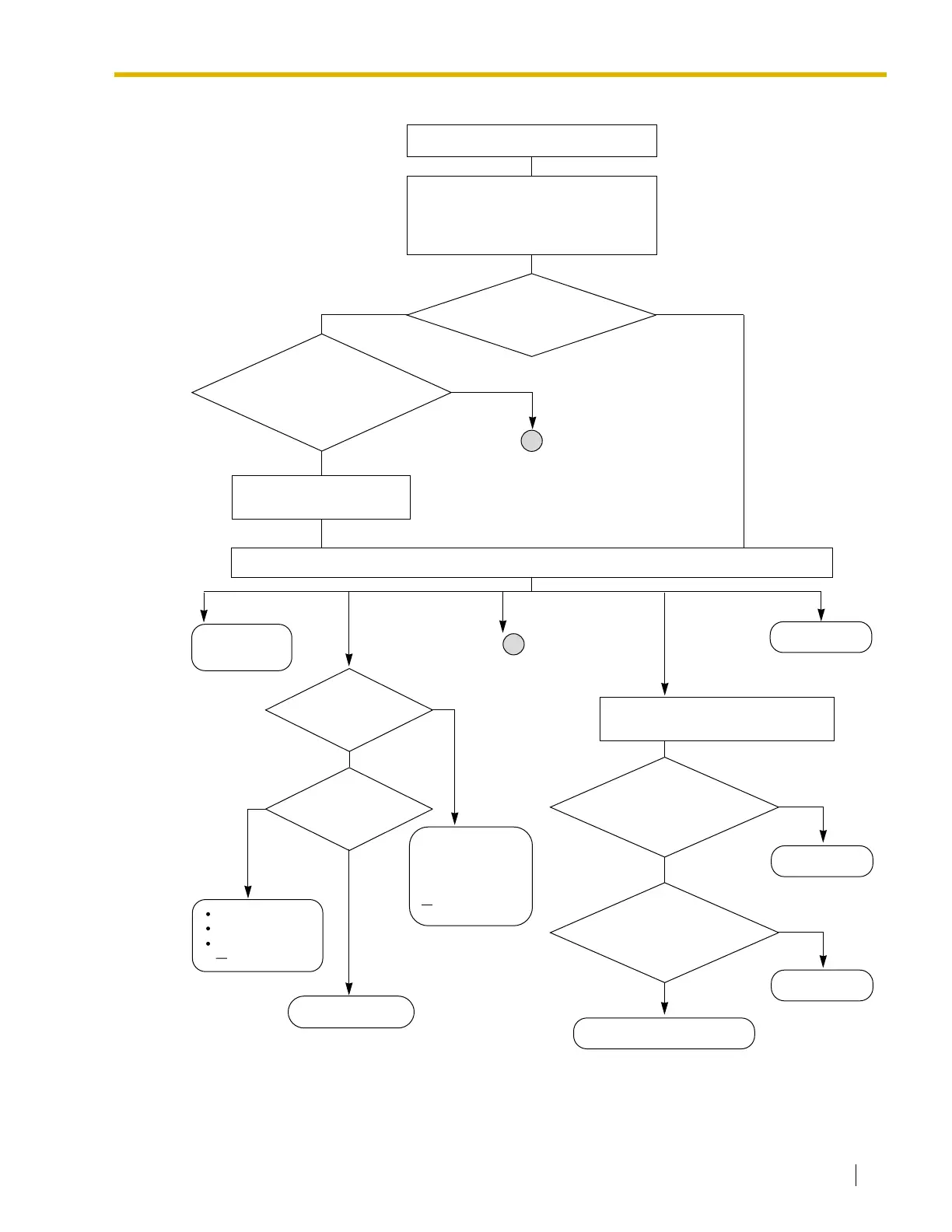